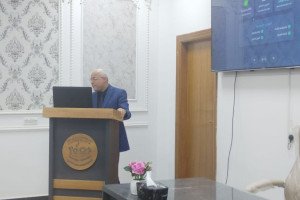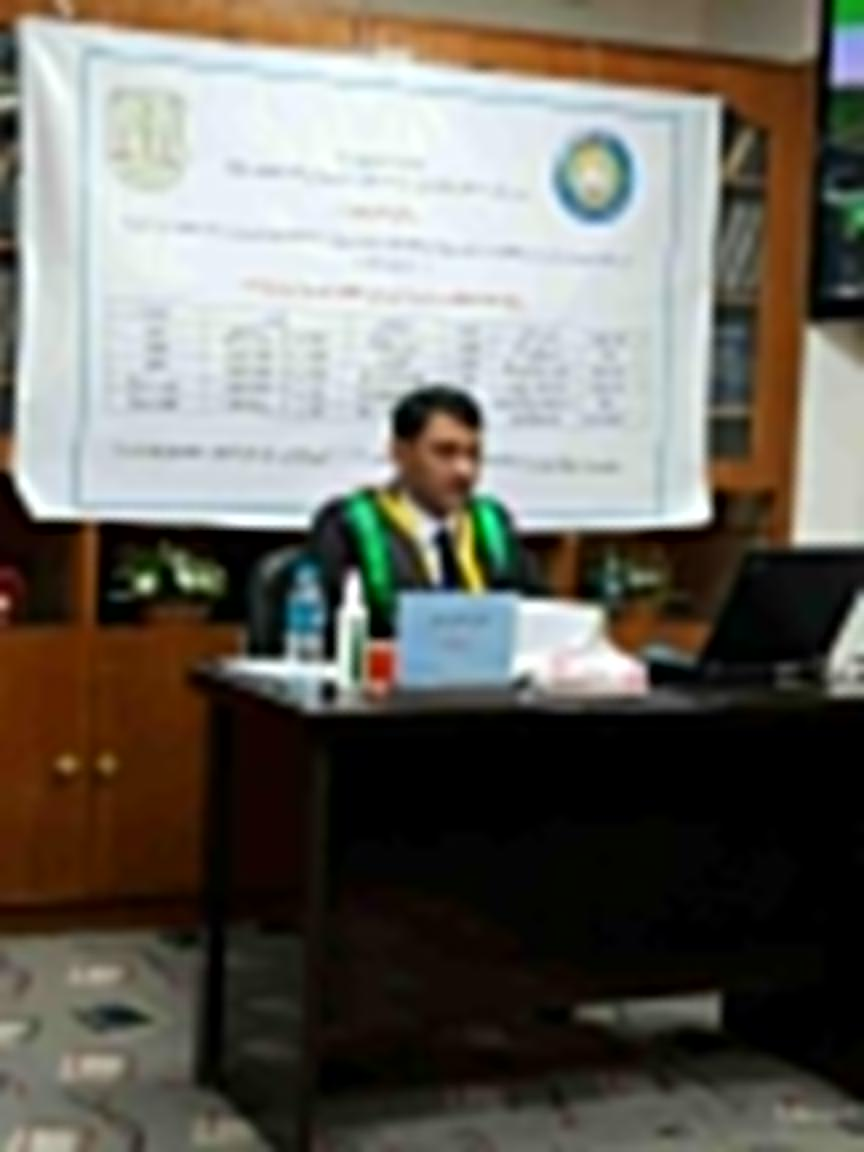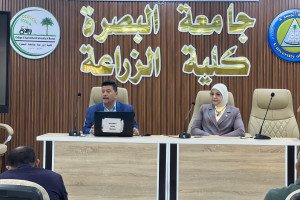
Master's thesis in the College of Agriculture at the University of Basra studied the effect of phosphorus distribution at different depths of the soil layer by using disc plows on the growth vocabulary and yield of maize (Zea mays L).
Researcher Ali Hassan Jaber's thesis aimed to explain the effect of mixing different levels of phosphorus with different depths of the tillage layer on the growth and productivity of maize during the fall seasons 2019 and spring 2020 respectively.
The thesis included a study of mixing phosphate fertilizer (superphosphate) with different levels of phosphorus (0-40-80-120) kg P ha-1 m with depths (2, 5, 7.5, and 15) cm in the soil using disc plows.
The findings of the experiment showed an increase in dry weight, absorbed phosphorus and recovered phosphorus, and a decline in phosphorus concentrations in plants during the growing season and for all study parameters.
The addition of phosphorus in all its application methods led to an increase in the dry weight, the concentration of phosphorus and the absorbed phosphorus, and a decrease in the percentage of recovered phosphorous at all depths of mixing phosphorus with soil and for all plant growth stages compared to the control treatment. There were no significant differences between the levels 80 and 120 kg P ha-1 and the highest values of the measured parameters.
The application of phosphorus resulted in a significant increase in plant height, leaf area, stem diameter, number of grain per ear, the average weight of 500 grains, total yield, harvest index, and all depths of phosphorus mixing in soil compared to the control treatment, while no significant differences were observed between 80 and 120 kg P-1 ha in the above-mentioned parameters and for both seasons.
The study concludes that the suitable fertilizer level is 80 kg. ha-1 with 15 cm depth for both locations.







